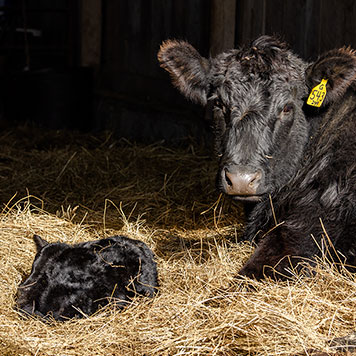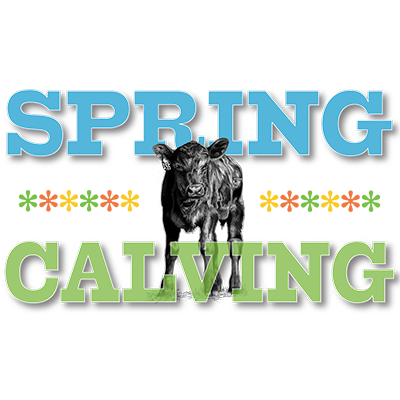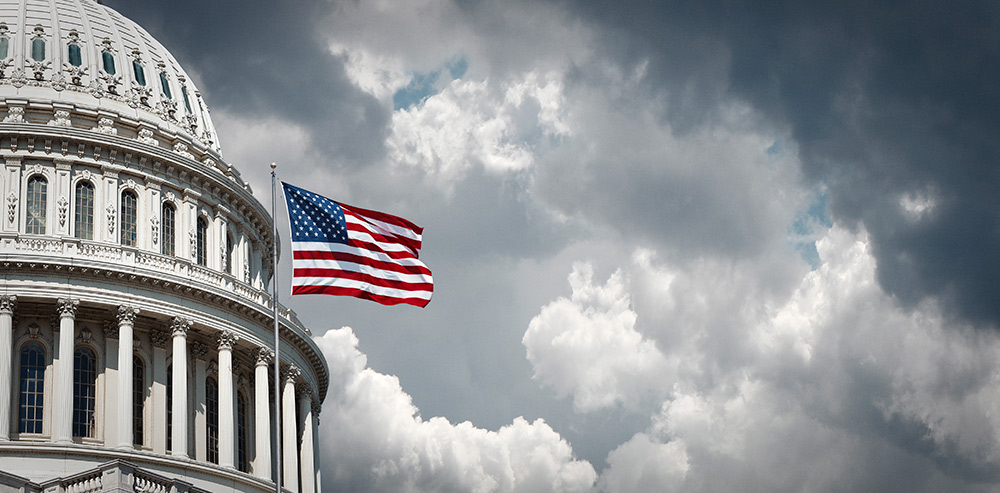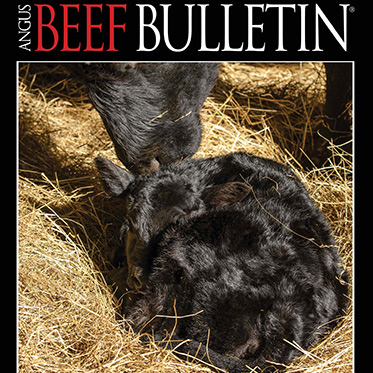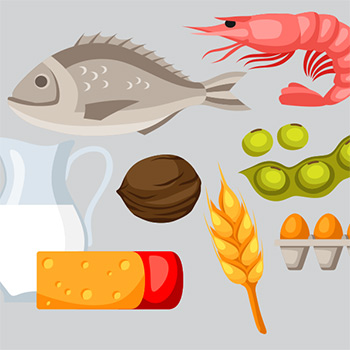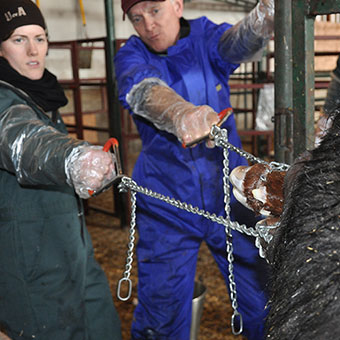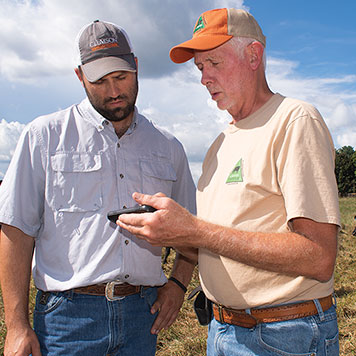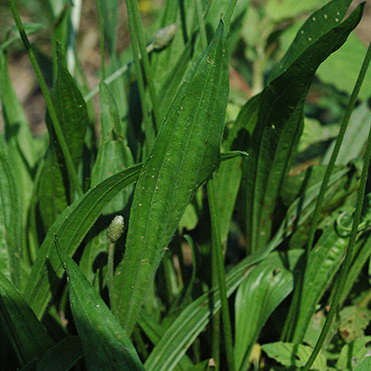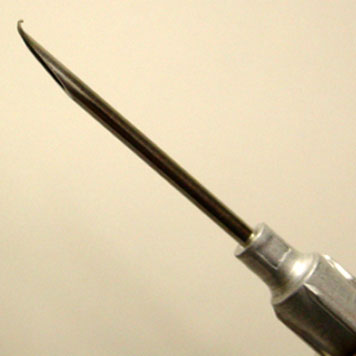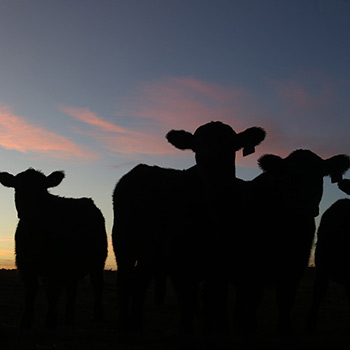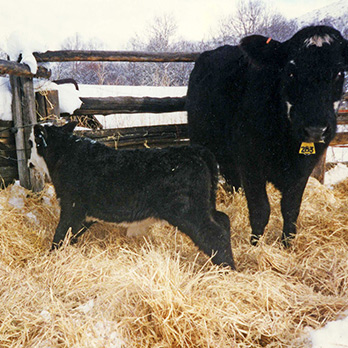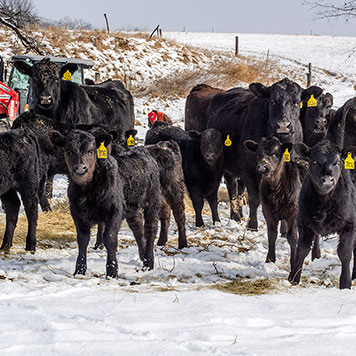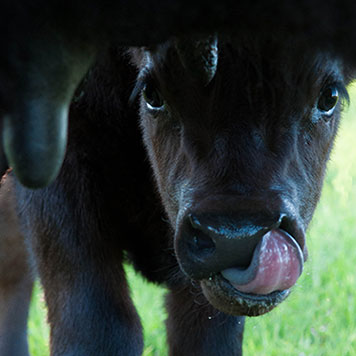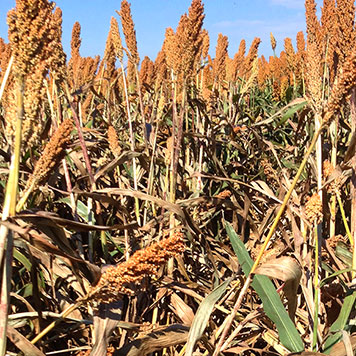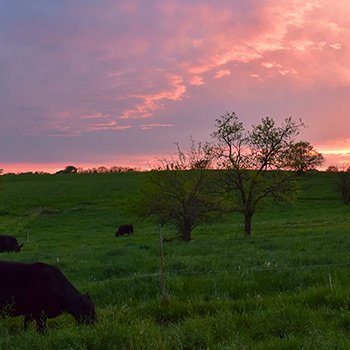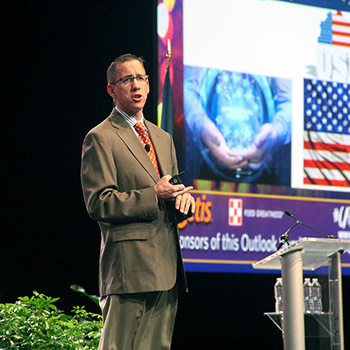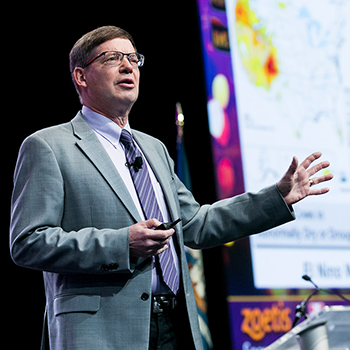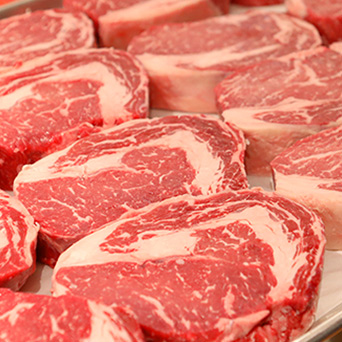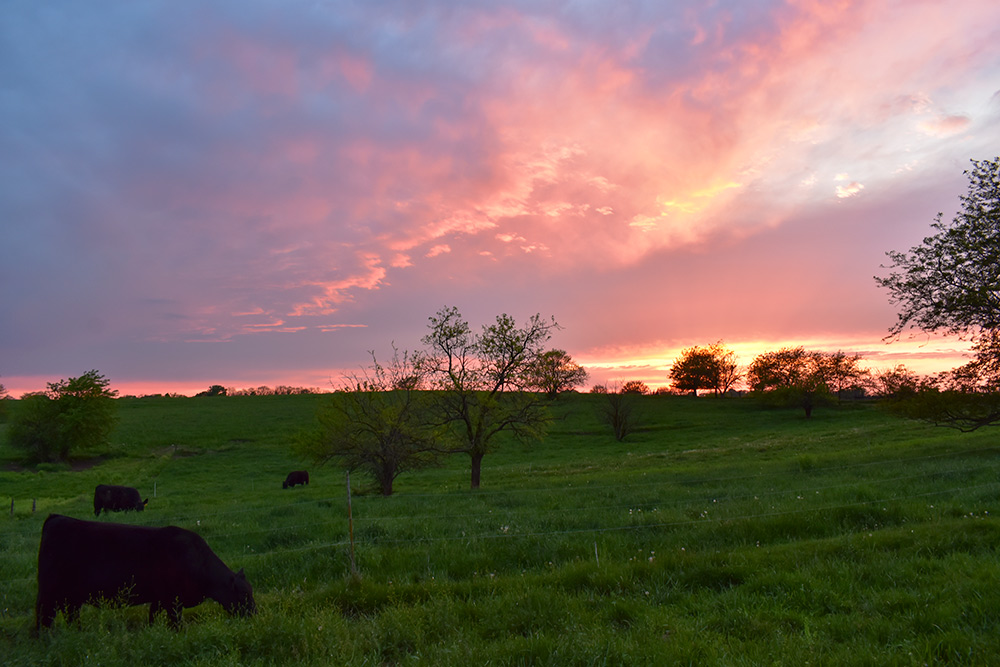
Still in a Cycle
Industry expected to remain profitable with strong markets.
The U.S. beef industry continues to experience the return to historical market cycles, according to CattleFax CEO Randy Blach, who provided a big-picture view and long-term trend outlook during the 2019 Cattle Industry Convention & NCBA Trade Show in New Orleans Jan. 30-Feb. 1.
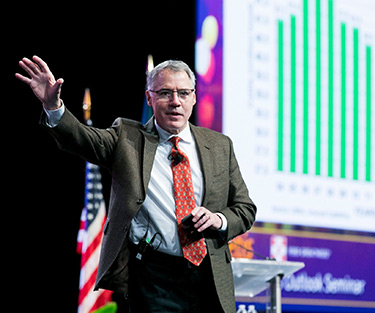 |
“We’ve got a 50% increase in the quantity of Choice and Prime product we’re producing on an annual basis. With 1998 being the low-water mark for demand, Blach added, “We basically moved the Choice/Prime percentage from 50% to 55% [in 1998] to 80%,” said Randy Blach. |
“Our pipeline is full,” he said. “We’ve been running our packing plants at full capacity. Our feedyards are full. Our cow herd is up 3 million head, as well.”
Because of this, Blach predicts price spreads to narrow some over the course of the next few years due to cattle inventory numbers.
“My message to those of you in the cow-calf and stocking side is no, it’s not a train wreck, but you need to be aware that we still have some cyclical price risk until these numbers peak and our production feeds into the early part of this next decade,” he said. “We think that it is going to occur in about 2021.”
Demanding quality
Blach praised the industry for addressing consumer requests over the past two decades, leading to the strong demand experienced today.
“We’ve got a 50% increase in the quantity of Choice and Prime product we’re producing on an annual basis,” he said. With 1998 being the low-water mark for demand, Blach added, “We basically moved the Choice/Prime percentage from 50% to 55% [in 1998] to 80%.”
Data prove consumers responded to the higher-quality by paying premiums for Choice and Prime beef.
“I think this tells a great story for our business: that we finally started listening to the consumer,” he said. “And the consumers rewarded us.”
Long-term trends
Blach said his team sees cattle numbers growing gradually in the early part of the next decade.
“We’ll be looking at peak production in 2020-2021, and then we’ll start to see a gradual decline,” he said. “The packing segment is going to be in a strong leverage position. They’re going to continue to enjoy some very, very good margins here in 2019 and 2020.”
He believes the industry will continue to be profitable and does not expect a major liquidation phase as it moves into that time frame.
“We’re optimistic about that when we tell you we’re going to see a little more erosion in these calf prices as we go into the early part of the decade, but we’ve had a very good run,” he said. “When you just step back and think about it, I think it’s really a pretty good outlook when you think about where we are in the cycle and the growth that we’ve experienced. This demand situation, domestic and global demand growth, has been phenomenal.”
Editor's note: Lead photo by Mardee Sadowsky from 2018 NJAA/Angus Journal Photo Contest.
